The post-punks Desperate Journalist have become crazier and poppier, but also darker. On “No Hero,” singer Jo Bevan uses her versatile voice in a duet with drum machines, constantly fluctuating between fragile and controlled. The band experiments with synthesizers, but they still know how to bring in their tried and tested strengths.
Maximo Park – “Stream Of Life”
After more than two decades, Maximo Park has lost some of its energy and immediacy. They know that best, and they sing about it too. “Stream Of Life” offers little that is new or surprising, but you can still listen to the new songs. But they are also just “okay”.
for review
The Black Dahlia Murder – “Servitude “
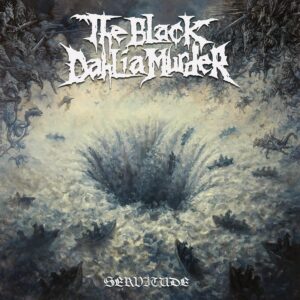
Two years after the death of their singer Trevor Strnad, The Black Dahlia Murder undertake a piece of grief management. After a rotation of members, a new album is due. You can hear the energy put into it again: This is melodic death metal close to metalcore, full of fun and light-footedness.
for review
Efterklang – “Things We Have In Common”
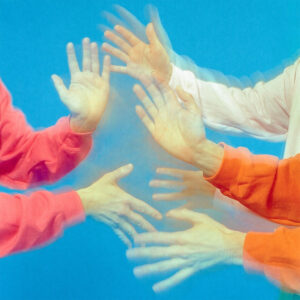
Efterklang have left their minimalist indie pop behind and are fully indulging in wide-walled art pop. Complex and delicately crafted, the songs have an almost ritualistic character. The small band performs like a whole orchestra – that would also fit well into the opera.
for review
Lizzard – “Mesh”
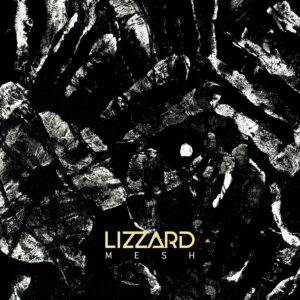
Lizzard show on their third collaboration with producer Peter Junge that prog works without showing off. “Mesh” makes do with a few guitar solos and subtle rhythms – compressed into a dense sound image that you can’t tell that there’s a trio behind it. Nothing more is needed.
for review
Alan Sparhawk – “White Roses, My God”
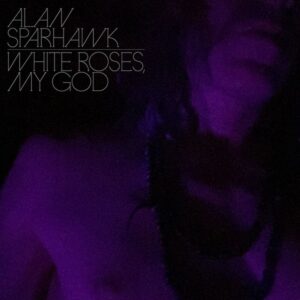
With his second solo album, Alan Sparhawk simultaneously turns away from Low, but continues the legacy of the slowcore band with other means. The texts are personal, but alienated by the electronic production. This is no ordinary dance music, Sparhawk is in a league of its own.
for review
Blue Heron – “Everything Fades”
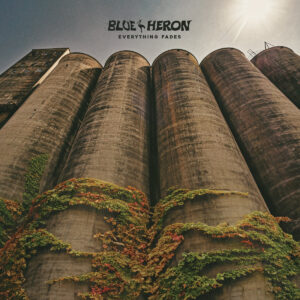
Blue Heron show on their album how beautiful desert rock can sound. As the music rumbles in the background, they seem to be paying tribute to other musicians like Chris Cornell. Otherwise they philosophize about “the coming end” or play with horror elements. The whole thing sounds sometimes more relaxed and sometimes more gigantic.
for review
Chartreux – “Fatigue”
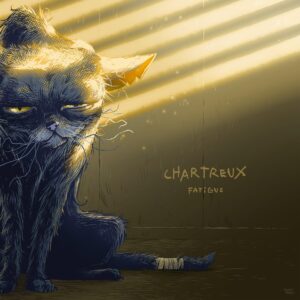
Even if the album title suggests it: Chartreux don’t sound tired at all on their second album. The mix of punk rock and emocore is as rousing as on their debut. What rather tires the Leipzig band, however, are the topics they address with their album: These range from online dating to war.
for review
Heriot – “Devoured By The Mouth Of Hell”
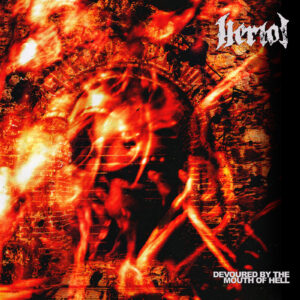
After just one EP, Heriot appear to be the next “big thing” in British metalcore. On their debut album, however, they take the genre wider and even venture into ambient realms. Singer Debbie Gough particularly stands out, as she manages to stir up fear with her voice even when she sings.
for review
Crows – “Reason Enough”
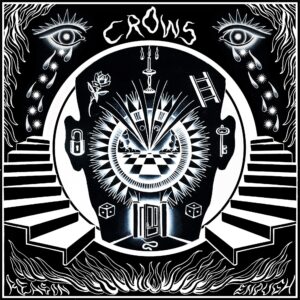
On their third album, Crows have changed, moving away from the noise-post-punk of their first albums. They sound more melodic, cleaner and less aggressive. This style leaves more room for the gothic-inspired songwriting and introspective lyrics. If the last album sounded angry, this one sounds sad.
Johnossi – “Forevers”
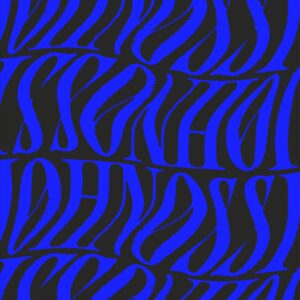
Johnossi are celebrating their 20th anniversary with no-frills rock. With keyboardist Matthias Franzén, nine songs were created that sound familiar, routine and in keeping with the band’s motto “Simplicity is the key”. Above all, they have a lot of potential to captivate people live, after all, that’s what Johnossi are known for.
for review
Naima Bock – “Below A Massive Dark Land”
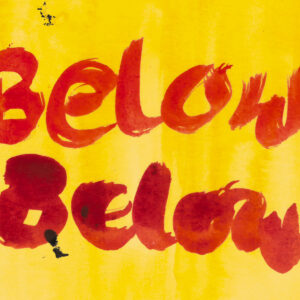
Ex-Goat Girl bassist Naima Bock expands her melancholic folk with a vintage sound, for which she includes brass instruments. These are sometimes more present, sometimes more subtle in the background. Even if the songs sometimes go in different directions, Bock’s voice connects them into a coherent record.
for review
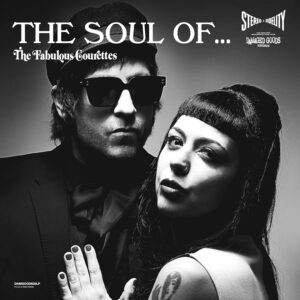
Mono becomes stereo and the Courettes dare to break out of the somewhat tight corset of the “old rock’n’roll era”. Their fourth album combines garage rock with feel-good pop, some of which is reminiscent of hits from the Brill Building. With the record they reach out to potential new fans and vintage lovers alike.
for review
Texts by Julius von Glinski and Hannah Rosenthal

